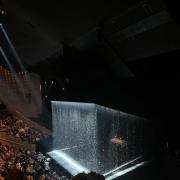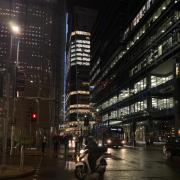
Is it true that they don’t make fight scenes like they used to? Nowadays, movies seem to lack the punch of its predecessors, with many movies facing criticism from fans of the Bruce Lee and Chuck Norris age as well as the masterpieces borne of Jet Li and Jackie Chan. Although these can be brushed off as the old traditionalist views of those reminiscing the movies of the past, there is a clear disparity in martial arts scenes, here is why.
Now before I begin, this article is not referring to every type of fight scene, of course ‘enhanced’ fights are a whole different matter, superheroes and clashes of massive titans with powers beyond imagination. No, this is about movies portraying humans, pitted against one another with only the strength and skill of their own body - and a little cinematic flair of course.
First and foremost, I’d like to talk about the main reason you don’t see as many martial arts films nor as well thought out martial arts scenes in modern movies. It simply isn’t worth the time or hassle. The reason fights with Donnie Yen, Tony Jaa, and others look so good is because they are specialists, they are true martial artists. Casts worldwide don’t have time to train or choreograph fights to the level that was achieved before. Jackie Chan for example is renowned for his preparation, choreography and prowess as a master of fight scenes. He often talks about how great of an effort it is, and that in this day and age it’s unrewarding to train your star to really fight, when editing can do the job instead.
But editing doesn’t always create sparks and magic in scenes. One such technique that I have come to loathe and more often than not only highlights the laziness of producers, is the shaky cam. We’ve all seen it, in Bourne, in Taken in practically every movie to include any sort of action. It aims to sloppily cover up the lack of ability and choreography in a scene by making it hard to follow, no more need to redo a scene again and again to perfection. Another offender in the list of editing is the use of quick cuts. When a fast paced sequence comes on, the camera jumps from angle to angle. A problem that arises here is that the audience doesn't get to see the impacts, and here lies the reason why many fights fall short as the oomph factor is non-existent.
In the end there is not much that can be done about this decline of beautifully crafted combat. Despite all the deficiencies mentioned above, films that commit these sins are for the most part still well received if the rest of the movie is up to standard. Do not fear however, stuntmen and stars still committed to martial arts do exist, and always will.



























